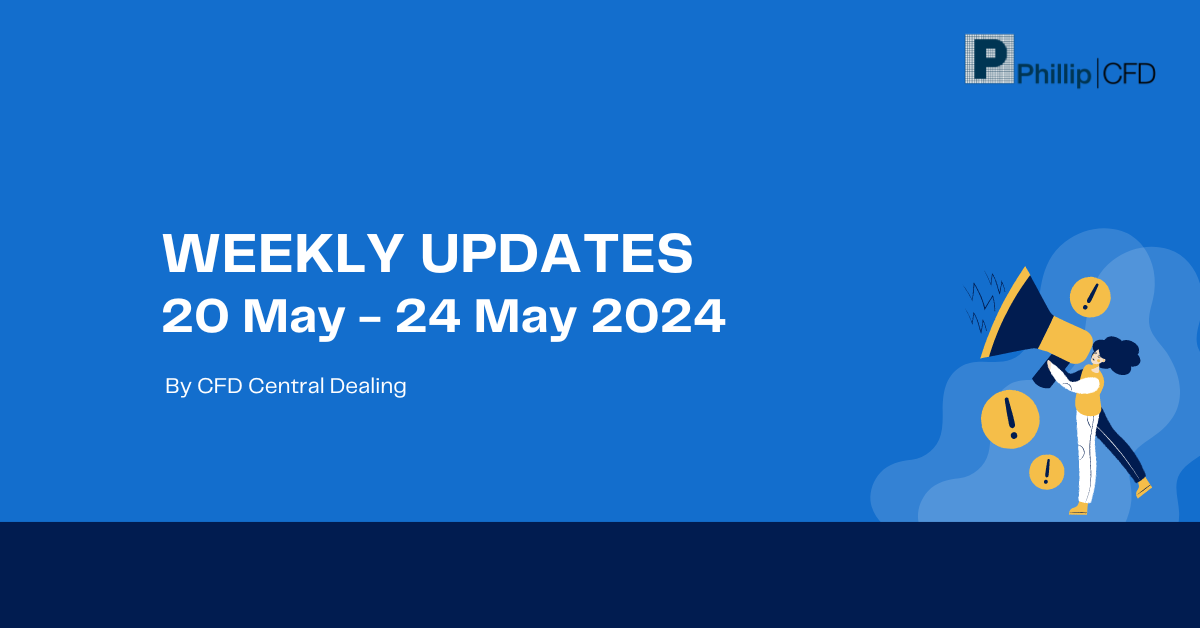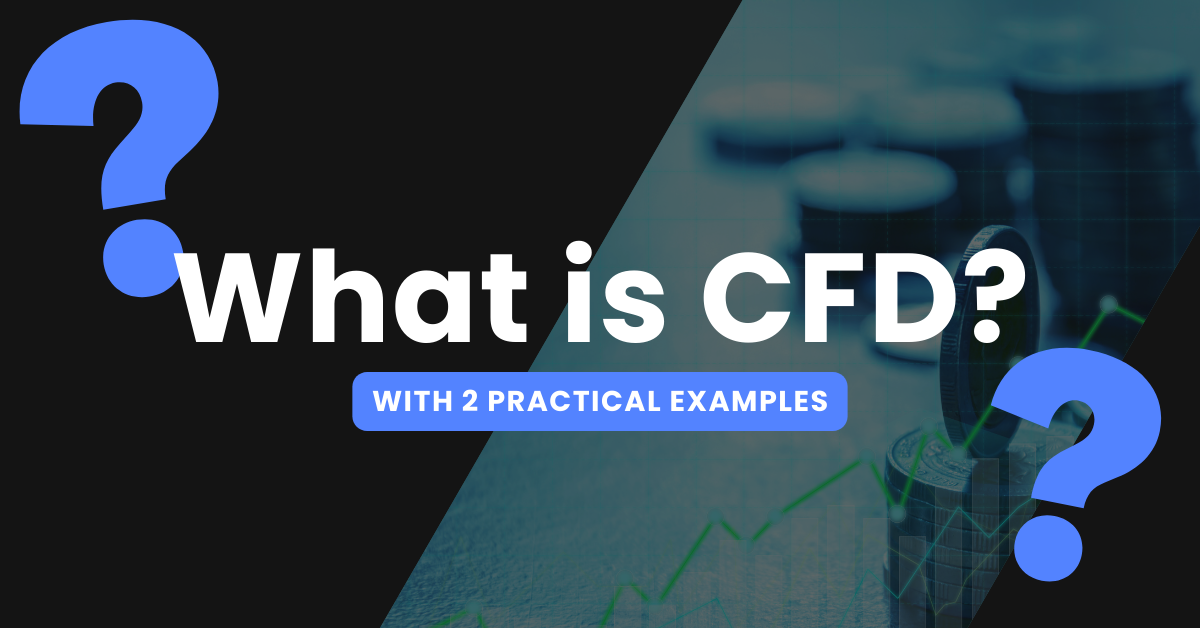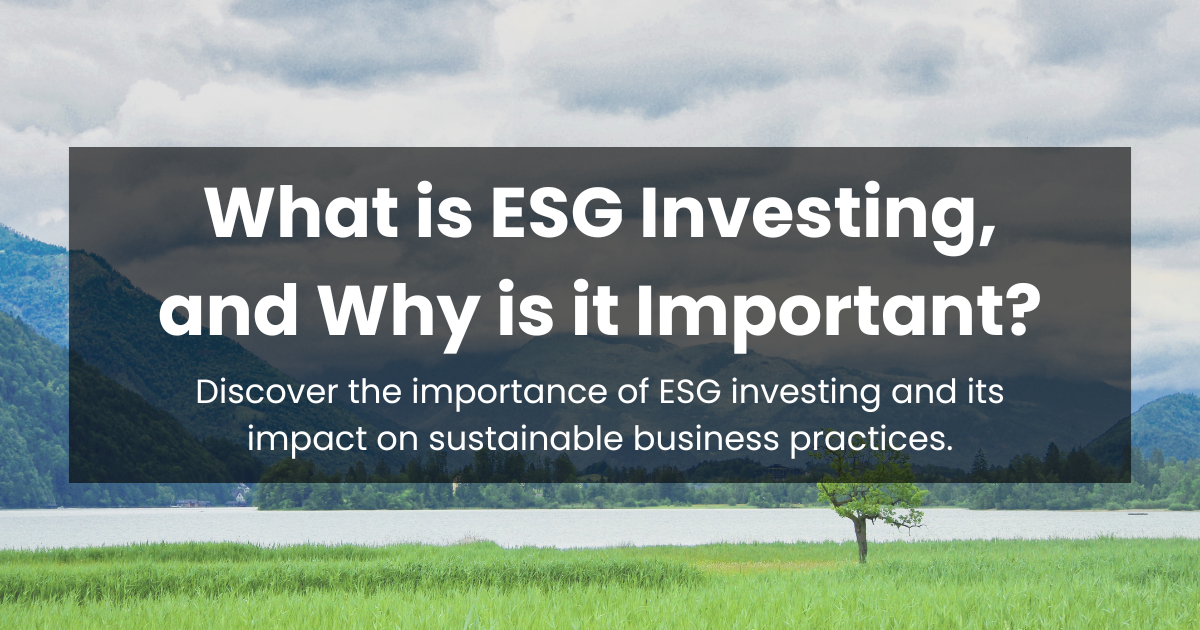Strong order book
Table of Contents
Strong order book
The strong order book serves as a trading guidance in the stock market. Everyone who wants to buy or sell anything may view everyone else’s buy and sell orders and their pricing. This “book” provides traders with up-to-the-minute market supply and demand data, enabling them to make informed decisions. Understanding the components of a strong order book is necessary for anybody aspiring to succeed in high-stakes deals.
What is a strong order book?
An order book is a computerised list of individuals wishing to purchase or sell a particular financial instrument or investment, organised by price level. It records the quantity of shares purchased or sold at each price point. Market depth is another name for this.
Even if some market participants remain anonymous, it identifies them when they place buy and sell orders. These listings benefit traders and open the market since they provide valuable information.
Understanding strong order book
On almost every market, you may find order books for stocks, bonds, currencies, and even cryptocurrencies like Bitcoin. Either use a computer or type this stuff by hand; while each source may have somewhat different formatting, the content is often identical.
You can see the current market price for buying and selling at the top or bottom of the screen. Since an order book is dynamic, it undergoes constant updating as business operations progress.
Orders that specify a specific time of day, such as the market opening or closure, are recorded separately. For this book, the opening price is determined by combining the beginning and ongoing books. The process occurs at the market close when the two books are merged to form the closing price.
Working on the strong order book
A strong order book is analogous to a stock market or other financial asset marketplace. There is a complete record of all purchase and sale orders and the corresponding prices. Those in the market to purchase or sell may pursue the most competitive pricing before engaging in a transaction. This aids in maintaining a level playing field in the market by providing real-time access to relevant information for consumers.
Key component of a deal book
A detailed deal book is helpful in many financial markets since it explains all kinds of transactions. The order book, the most crucial aspect of this system, contains many buy and sell orders meticulously sorted and organised by price level. This precise structure shows the number of trades, the parties engaged, the asset supply, and the price change rate to reflect market conditions. Additionally, the framework indicates how quickly prices fluctuate.
The deal book records buy and sell orders. Sell orders indicate that sellers want to sell assets at specified prices, while purchase orders indicate that buyers wish to acquire them. Order records meticulously track these agreements’ changes over time, including trade timestamps and transaction amounts. This is because order records may monitor both simultaneously.
This book was a crucial reference for market participants and helped them stay updated and make timely decisions. Deal books aid price discovery and market liquidity. Other benefits include helping buyers recognise growth possibilities, monitor industry trends, and manage risks. The order book keeps financial markets running.
Example of a strong order book
Imagine you’re trading in a stock market where transactions are taking place. In this market, a ledger known as an order book records all the stock purchase and sell requests.
This order book is similar to TotalView from Nasdaq but with additional capability. Compared to relying on the order book alone, it provides a clearer picture of what individuals purchase and sell at the market.
All of this supplementary information may seem insignificant to most purchasers. Individuals with extensive market knowledge or who engage in daily stock trading (“day traders”) may find TotalView invaluable. Their market knowledge improves due to the data, and they can make more informed stock trading decisions.
Frequently Asked Questions
Most financial markets now use computerised order books rather than their handwritten predecessors. To facilitate trading and the discovery of the lowest price, this web-based application displays all the purchase and sale orders for a particular investment or product in real time.
In the market, traders rely on different sections of the order book to understand how much people want to buy or sell. The offering price is the lowest amount a seller is okay with getting, while the bid price is the highest a buyer is willing to pay. Time stamps on orders tell us when trades happened, and order numbers show how many stocks are involved. All this info helps us gauge market sentiment and spot trends.
Every order book, even the strongest ones, has flaws. A big worry is market manipulation, when dishonest traders try to change prices by putting in fake orders or doing other things. High-frequency trade programs may worsen market turmoil and make things less safe. During extreme instability, the need for liquidity may be too great for even the giant order book, which can cause bid-ask gaps to grow and processing costs to rise.
Many orders at varying prices indicate a highly liquid market, as shown by a “deep order book.” A lot of trade is happening, and buyers and sellers are interested in a broad variety of pricing, which suggests that the market is robust. More liquidity and narrower spreads in deep-order books make deals more straightforward and appealing to traders.
The market could be more flexible when there aren’t enough orders at various price points and the order book is limited. The lack of volume means that prices are more likely to fluctuate wildly. The reason is that Properties are pretty sensitive to seemingly small deals. Traders should exercise caution when there are few orders since the absence of liquidity makes it difficult to initiate or exit positions.
Related Terms
- Fiat money
- Trailing Stops
- Exchange Control
- Relevant Cost
- Dow Theory
- Hyperdeflation
- Hope Credit
- Futures contracts
- Human capital
- Subrogation
- Qualifying Annuity
- Strategic Alliance
- Probate Court
- Procurement
- Holding company
- Fiat money
- Trailing Stops
- Exchange Control
- Relevant Cost
- Dow Theory
- Hyperdeflation
- Hope Credit
- Futures contracts
- Human capital
- Subrogation
- Qualifying Annuity
- Strategic Alliance
- Probate Court
- Procurement
- Holding company
- Harmonic mean
- Income protection insurance
- Recession
- Savings Ratios
- Pump and dump
- Total Debt Servicing Ratio
- Debt to Asset Ratio
- Liquid Assets to Net Worth Ratio
- Liquidity Ratio
- Personal financial ratios
- T-bills
- Payroll deduction plan
- Operating expenses
- Demand elasticity
- Deferred compensation
- Conflict theory
- Acid-test ratio
- Withholding Tax
- Benchmark index
- Double Taxation Relief
- Debtor Risk
- Securitization
- Yield on Distribution
- Currency Swap
- Overcollateralization
- Efficient Frontier
- Listing Rules
- Green Shoe Options
- Accrued Interest
- Market Order
- Accrued Expenses
- Target Leverage Ratio
- Acceptance Credit
- Balloon Interest
- Abridged Prospectus
- Data Tagging
- Perpetuity
- Hybrid annuity
- Investor fallout
- Intermediated market
- Information-less trades
- Back Months
- Adjusted Futures Price
- Expected maturity date
- Excess spread
- Quantitative tightening
- Accreted Value
- Equity Clawback
- Soft Dollar Broker
- Stagnation
- Replenishment
- Decoupling
- Holding period
- Regression analysis
- Wealth manager
- Financial plan
- Adequacy of coverage
- Actual market
- Credit risk
- Insurance
- Financial independence
- Annual report
- Financial management
- Ageing schedule
- Global indices
- Folio number
- Accrual basis
- Liquidity risk
- Quick Ratio
- Unearned Income
- Sustainability
- Value at Risk
- Vertical Financial Analysis
- Residual maturity
- Operating Margin
- Trust deed
- Profit and Loss Statement
- Junior Market
- Affinity fraud
- Base currency
- Working capital
- Individual Savings Account
- Redemption yield
- Net profit margin
- Fringe benefits
- Fiscal policy
- Escrow
- Externality
- Multi-level marketing
- Joint tenancy
- Liquidity coverage ratio
- Hurdle rate
- Kiddie tax
- Giffen Goods
- Keynesian economics
- EBITA
- Risk Tolerance
- Disbursement
- Bayes’ Theorem
- Amalgamation
- Adverse selection
- Contribution Margin
- Accounting Equation
- Value chain
- Gross Income
- Net present value
- Liability
- Leverage ratio
- Inventory turnover
- Gross margin
- Collateral
- Being Bearish
- Being Bullish
- Commodity
- Exchange rate
- Basis point
- Inception date
- Riskometer
- Trigger Option
- Zeta model
- Racketeering
- Market Indexes
- Short Selling
- Quartile rank
- Defeasance
- Cut-off-time
- Business-to-Consumer
- Bankruptcy
- Acquisition
- Turnover Ratio
- Indexation
- Fiduciary responsibility
- Benchmark
- Pegging
- Illiquidity
- Backwardation
- Backup Withholding
- Buyout
- Beneficial owner
- Contingent deferred sales charge
- Exchange privilege
- Asset allocation
- Maturity distribution
- Letter of Intent
- Emerging Markets
- Consensus Estimate
- Cash Settlement
- Cash Flow
- Capital Lease Obligations
- Book-to-Bill-Ratio
- Capital Gains or Losses
- Balance Sheet
- Capital Lease
Most Popular Terms
Other Terms
- Market maker
- Direct market access
- Deficit interest
- Economic calendar
- EPS forecast
- Options expiry
- Adjusted distributed income
- International securities exchanges
- Settlement currency
- Federal funds rate
- Active Tranche
- Convertible Securities
- Synthetic ETF
- Physical ETF
- Initial Public Offering
- Buyback
- Secondary Sharing
- Bookrunner
- Notional amount
- Negative convexity
- Jumbo pools
- Inverse floater
- Forward Swap
- Underwriting risk
- Reinvestment risk
- Final Maturity Date
- Payment Date
- Secondary Market
- Margin Requirement
- Mark-to-market
- Pledged Asset
- Yield Pickup
- Subordinated Debt
- Treasury Stock Method
- Stochastic Oscillator
- Bullet Bonds
- Basket Trade
- Contrarian Strategy
- Notional Value
- Speculation
- Stub
- Trading Volume
- Going Long
- Pink sheet stocks
- Rand cost averaging
- Sustainable investment
- Stop-limit sell order
- Economic Bubble
- Ask Price
- Constant prepayment rate
Know More about
Tools/Educational Resources
Markets Offered by POEMS
Read the Latest Market Journal

One Dollar at a Time: The Potential of Fractional Shares
Table of contents 1. Introduction 2. Dollar-Cost Averaging 3. Popularity of Dollar-Cost Averaging 4. Small...

Unit Trusts vs Exchange Traded Funds (ETFs) – Which is better for your portfolio?
Imagine you are dining at a nice restaurant, feeling overwhelmed by the variety of seemingly...

Weekly Updates 20/5/24 – 24/5/24
This weekly update is designed to help you stay informed and relate economic and company...

What is CFD? With 2 Practical Examples
In this article, you will learn what CFD (Contract for Difference) is, the costs and...

What is ESG investing, and why is it important?
Over the last five years, Environmental, Social, and Governance (ESG) investing has evolved from being...

In the diverse world of unit trusts, various funds employ distinct investment strategies aligned with...

Hong Kong Value Stocks Q2 2024
After a long period of sluggishness, Hong Kong market has begun to pick up. The...

Weekly Updates 13/5/24 – 17/5/24
This weekly update is designed to help you stay informed and relate economic and company...












